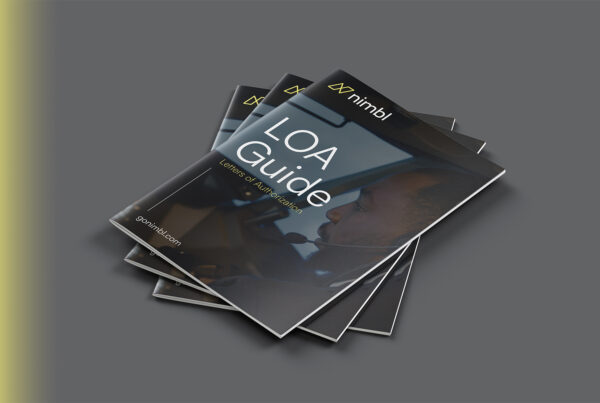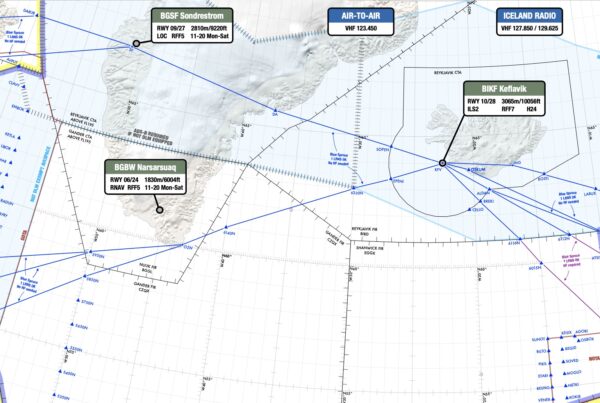We’ve said it before, and we’ll say it again – the flight deck is a weird little world to work in. We lock ourselves into our button-filled booth, with one other person, and sit there for hours on end, putting ourselves through no end of challenging things.
I am talking things like fatigue, boredom, stress and, yep, dealing with people.
You’re one, I’m one, they’re one (if they’re not then you’ve got an even bigger problem). Point is, we’re all people, people can be challenging. and dealing with those challenges is a big part of our jobs. But we rarely talk about it. At least not in a very human way.
Well that stops now!
We want to talk about human stuff. The good, the bad and the ugly stuff that makes us human, and often ‘not such ok’ humans from time to time.
We wrote a little book.
It’s just 3 stories. Tales of things that happened to pilots (to us!) where there was a storm brewing, a conflict growing, a nugget of irritation and anger flowering.
You can download the PDF here.
We want pilots (people) to share these stories, because these are the experiences we can all learn from, think about, probably have happen to us.
So, if you have a story, share it – please – we will even add it in (anonymously if you prefer). Send it to team@dangerrr.club
A normal day at work, as a pilot, is often anything but normal.
Just think about it for a moment – everything you do is monitored, you are strapped into a little box and expected to work away for hours on end, doing things where one little error can easily escalate, where one small slip can slide you into a catastrophe. And you can’t step out if you feel off.
You can’t even step out to have a simple bathroom break with having to prioritise it, and awkwardly announce it to the other person.
The airplane “office” is a strange spot to work in at the best of times, and then we add in a whole load of challenges that make living up to the ‘ok pilot’ standards even more difficult.
What are we talking about?
All the things that make our little, puppy brains act even more strangely:
Fatigue – flying at crazy hours of the day and night, across timezones, and expecting our brains to go “yeah, ok, I’m good with this! I don’t need sleep.”
Boredom – yeah, I’ve said it. Sitting in the cruise in the middle of the night, monitoring monitoring monitoring can get tedious, and a bored brain can be a bad (or at least not as good as usual) brain.
Stress – The pilot job can be a tricky one. Things happen. Often they are things we don’t like having happen, but we’re the only two up there in that cockpit who can sort it.
Random pressure – it’s all over the shop. At home, from the company, from the passengers, from inside your own little brain.
And of course… People – The behaviour, attitude, values, ideas, smell, sounds, way they put a glove on to fly all impacts how we act too.
Whether it’s a ‘Stranger Danger’ (working with someone you don’t know at all, and maybe are struggling to find any common ground with) to the ‘Friendly Foe’ (flying with the same person you always fly with, who you know really, really well…), and all the others in between. They all have their challenges. People do weird stuff from time to time, but we never talk about how to deal with it.
Not really.
I mean really talk about how to deal with someone doing something weird, or how to spot it in yourself when you’re getting cranky, grumpy, grouchy, slouchy, slack or mad or mean.
So, we’re here to talk about it.
Now, before we do, let’s have a quick chat on CRM courses. These are of course great.
Sometimes.
Especially the ones where you have to pick which shape appeals to you most. In fact, let’s do it now quickly –
Which shape appeals to you most?
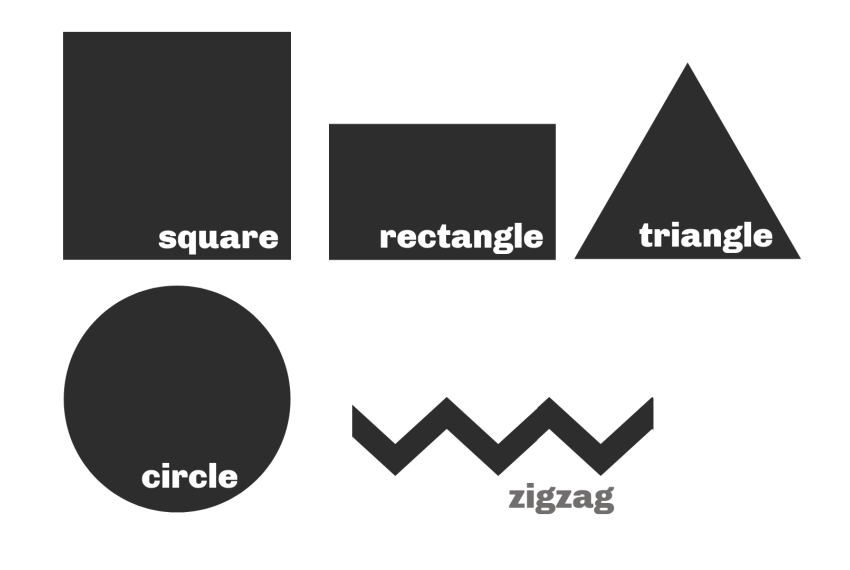
Pick one. Only one.
Right, so, whichever shape you have picked tells us so much about you as a person…
- The square is a tireless worker. Diligent, patient, methodical, neat, organised, logical. Predictable, rational, data driven.
- The Rectangle is a transitional shape which means this person is curious, inquisitiveness, adventurous, motivated. Always trying new things, always lively and interested.
- The Triangle is the shape that symbolises leadership. This person focuses on goals, analyses situations fast, is confident, thinks they’re always right, assertive and argumentative. Their career gives their life meaning.
- The Circle is a harmonious person who loves good interpersonal relationships. They value people and wellbeing, are the glue that holds the team together. They have sympathy, and empathy, lots of emotional IQ and often super creative.
- The Zigzag is (not a shape!) but a symbol of creativity, imagery, conceptualism and aesthetics. They live for experience and reflection, new ideas and methods, possibilities rather than actual realisation.
I bet you fit perfectly into one, and not any others right?
No? No! Of course you didn’t! Because we aren’t defined by one shape and a couple of sentences about said shape.
We can change on a fairly daily basis (or by the minute, if you’re like me and particularly susceptible to things like hunger rage). What’s more, this does very little to actually help us establish how to work with a triangle if I’m a circle, or to deal with that flimsy whimsical zigzag while you, the square, are trying to get a basic job done.
Human Factors has some answers though.
They do indeed have some.
We have (thankfully) moved a long way from simple symbols and SHELL models to tell us what sort of errors and mistakes, biases and behaviours can cause concerns in the cockpit. We know about our non-tech competencies, we know about those hazardous attitudes. We know that a too steep cockpit gradient might lead to an unassertive FO not speaking up, and we even know that there is a risk of the too friendly flight deck and the risk of complacency.
The thing is, we read the reports, accident investigations, and we think about how that crew crashed.
But what we rarely talk about is the bits that lead to that. The off day, the slight challenge, the things we see and experience all the time which never lead to the big bad accident, but which could, one day, if we don’t deal with it right. The reason we don’t is… well, why would we? Unless you bring them up yourself then they aren’t in an accident investigation report, they generally aren’t covered in a CRM manual, because they just aren’t big enough.
Which means we are never talking about us, each other, our experiences. We assume we all know how to deal with them, because they are everyday human things. But in the cockpit, in that locked chamber, these are what often amplify.
More on the topic:
- More: The Flight of Fright: Tales of Startle and Surprise
- More: Safety used to be SEXY
- More: Danger Club is Back!
- More: Getting Your Head Back in the Game
- More: Airspace Risk: Conflicts to watch in 2022
More reading:
- Latest: OPSGROUP is hiring! Wanted: Junior International Ops Specialist
- Latest: LOA Guide for US Operators
- Latest: NAT Ops: Flying the Blue Spruce Routes
- Safe Airspace: Risk Database
- Weekly Ops Bulletin: Subscribe
- Membership plans: Why join OPSGROUP?



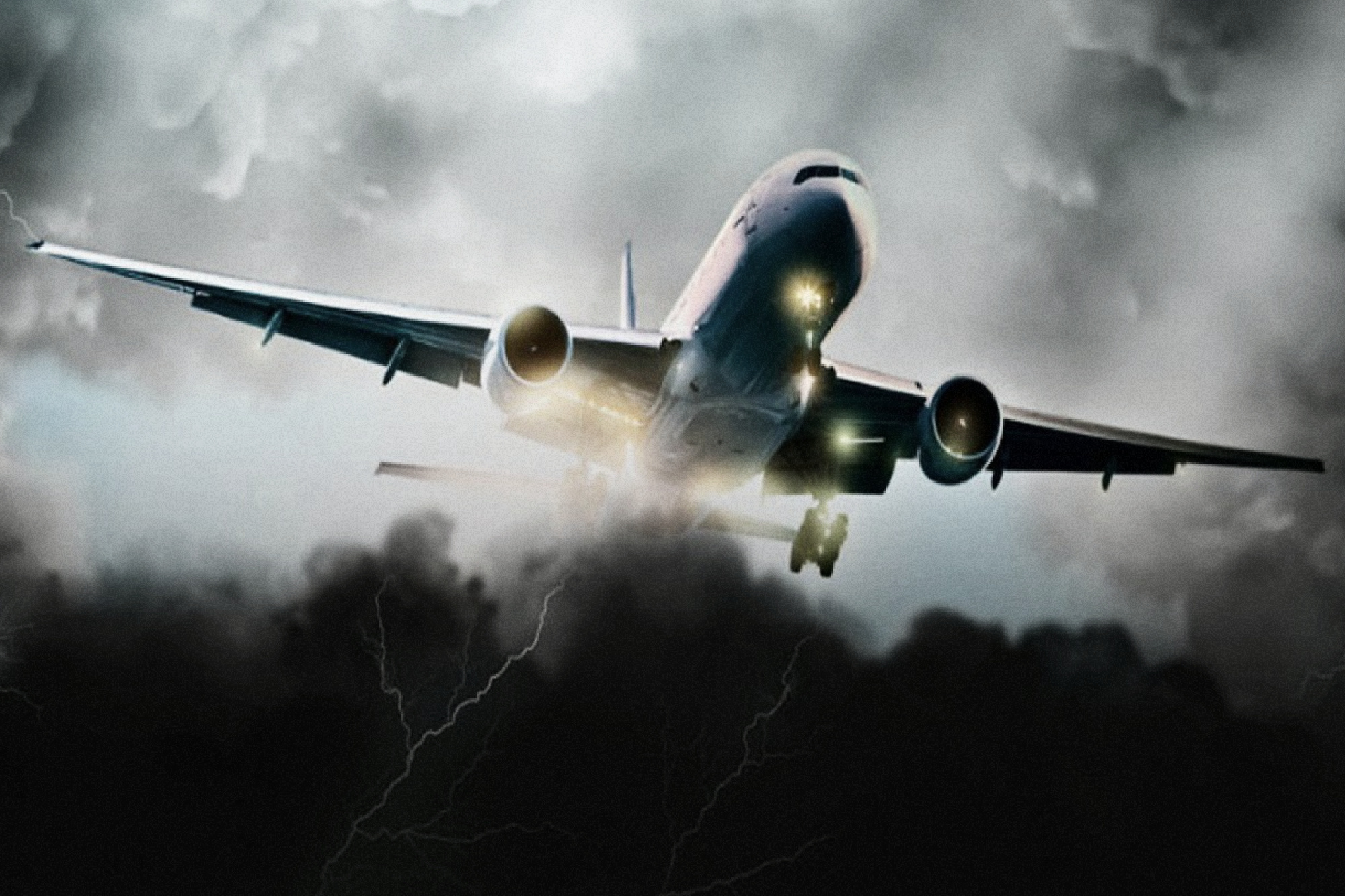
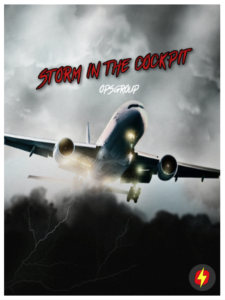







 Get the famous weekly
Get the famous weekly 




